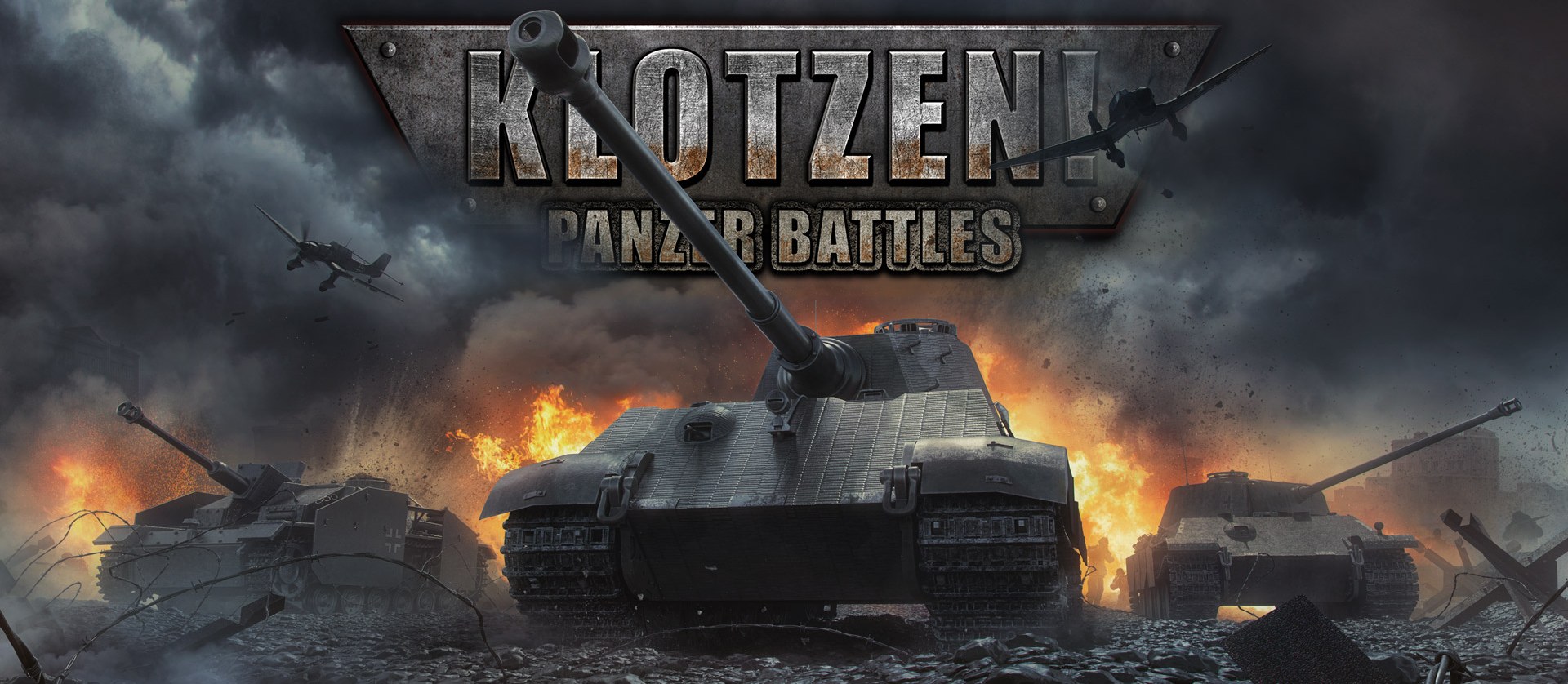Welcome to the sixth edition of our Blog. In the previous chapter, we talked about Franklin Roosevelt and the US before the start of the WWII. Today we take a look at Benito Mussolini an Italy.
Benito Mussolini and Italy
Benito Amilcare Andrea Mussolini was born on 29th July 1883 in Predappio, Italy. He grew up in a confused atmosphere – his father was a socialist activist and politician, while his mother was a committed Catholic. He sided with his father’s ideas. He finished school for teachers of literature, but because of his bohemian spirit, he lived on the edge of poverty.
He gained knowledge of politics and a sense for enticing broad masses while writing for several socialist newspapers. He joined the Socialist Party through which he began to promote the idea that Italy should enter the war on the side of the Entente. Because of this attitude, Mussolini was expelled from the party.
In 1915, Italy entered the war on the side of the Entente after they were promised some territory in Africa, the entire Dalmatian coast, Istria, and South Tyrol. However, at the Paris Peace Conference, it was decided that all the pacts that were made in secret would be annulled. Italy made a great sacrifice and had received only part of the promised territory – South Tyrol, Istria and a part of the African territory. After the economic and political crisis in 1922, Mussolini came to power and slowly expanded his authority. In the beginning, he made positive moves in terms of solving unemployment and the political crisis. These moves in combination with his foreign policy victories gave him enough political power to introduce a complete personal dictatorship in the mid-20s. Initially, Mussolini was skeptical about Hitler’s policies in Germany, but their common interests and close ideologies drew them into an alliance. At the end of the 30s, Italy and Germany became the forefront of the Anti-Comintern Pact and of what would later become the Rome – Berlin Axis. The Mediterranean Sea had always been Mussolini’s zone of interest, and in contrast to Hitler, he was never interested in the rest of the world.
The invasion of Italy known as the famous Operation “Husky” followed in 1943. The political crisis in Italy resulted in the ousting of Mussolini followed by Italy formally entering the side of the allies, although the German army was still stationed in large parts of the country. In the famous rescue, German commandos led by Otto Skorzeny freed the captured Italian dictator Mussolini and appointed him the new leader of the Italian Social Republic in northern Italy. Due to the geographical position of Italy, German units remained in their defensive positions until the very end of the war. Mussolini attempted to immigrate to Spain with a small group of people but was caught by Italian partisans and executed without a trial on April 28th, 1945.
Industry and Army Development
Italy had never been a large military force that could measure up independently to Germany or France. After the First World War, Italy suffered great human and economic losses. The political crisis that had arisen due to unemployment, the poor state of the economy and foreign policy failures created an atmosphere which allowed Mussolini to assume power in 1922, in the March on Rome.
Mussolini was obsessed with the desire to turn Italy into a major force. There were two major obstacles: a relatively weak army and an undeveloped industrial infrastructure. Investments in the army and the military infrastructure were significant in comparison to the previous period but still lagged behind other major powers due to the objective economic situation in Italy.
After the stabilization, Mussolini’s first military venture was an attack on Ethiopia, one of the two African countries which were not a colony. Mussolini wanted to round up the Italian government over the Mediterranean and expand the colonial empire but the attack on Ethiopia was a foreign policy and military fiasco. Italy was almost isolated in the international community and the war did not go as expected. Ethiopia had no modern weapons such as tanks or aircrafts, and their artillery was mostly from the 19th century. Italy`s victory came relatively quickly, but the victim count was high and it did not result in the clear victory Italy expected. Later, Italy tried to avoid a major European conflict at all costs. Although Italy had an enviable navy and air force, the Italian armored units were weaker than those of all the other major European powers. Their resources were one of the main problems because Italy had a shortage of almost all strategic resources, especially steel and oil. The Italian leadership estimated that Italy would not be ready for war until 1943, but they still entered the war after a number of stunning German victories. Their inability to conquer Greece in 1941, as well as their failures in North Africa, showcased the main problems of the Italian army in World War II: Industrial unpreparedness for the great war and the lack of motivation of the Italian soldiers.
This is it for our Blog today. Tell us what you think about the topic and if you have any suggestions or want to discuss them, you are more than welcomed to do so in the comments below, on our forum, and on Steam Community Hub. Until next time!




Recent Comments